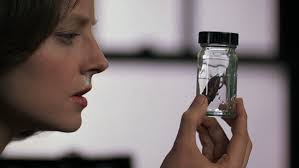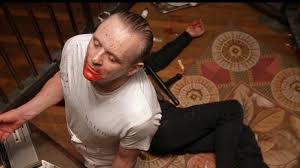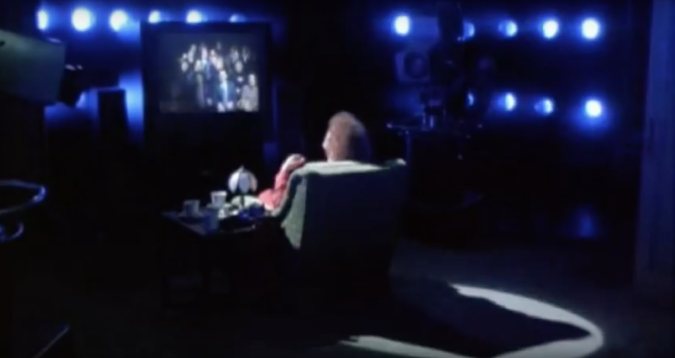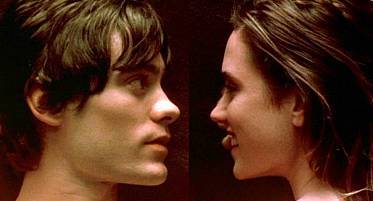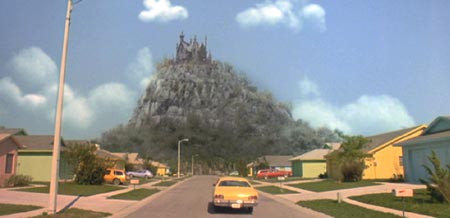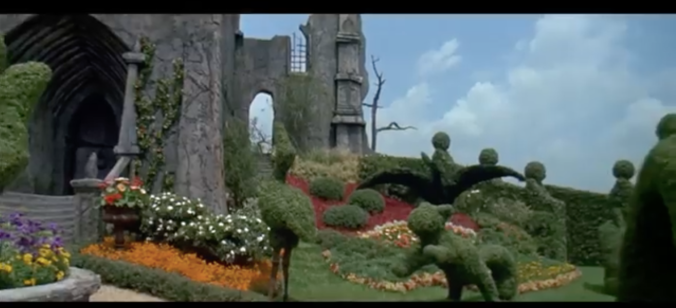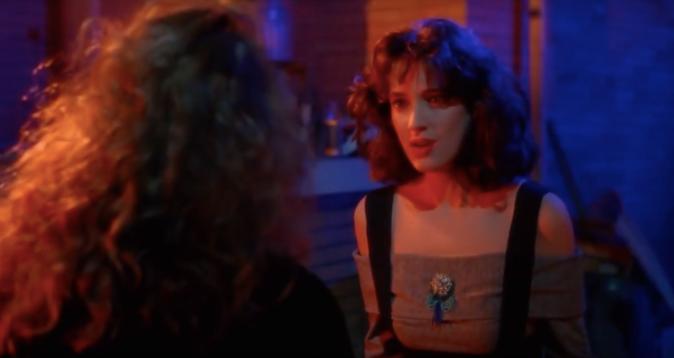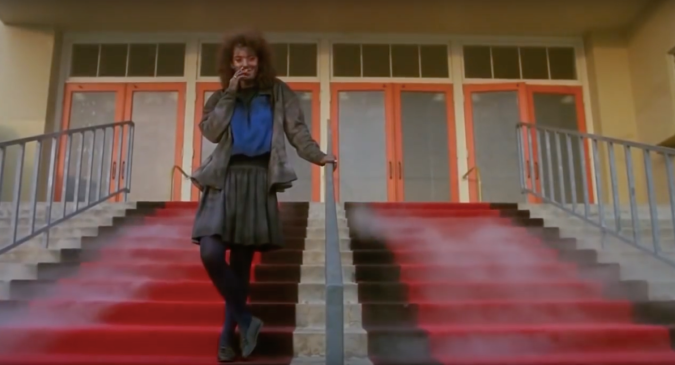In the 2014 film, Birdman or The Unexpected Virtue of Ignorance, a washed-up superhero actor, Riggan Thomson (Michael Keaton) tries to make meaning of his life or rather find relevance by writing, directing and acting in a play on Broadway. Riggan is often tormented by the voice of his former superhero character, Birdman, who tells Riggan that he must do bigger and better things. Riggan not only faces the challenges and mistakes of his past, such as not being there for his daughter and former wife but attempt to make the ultimate career revival, while facing opposition from his inner thoughts, an unfair theatre critic and cast mates who have their own set of life problems.
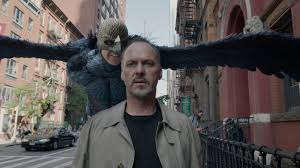
Figure 1A) Riggan being tormented by Birdman, Photo Courtesy Of Fox Searchlight.
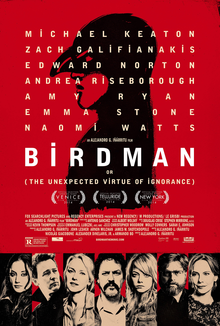
Figure 1B) Theatrical Release Poster, Photo Courtesy of Fox Searchlight.
While Wikipedia classifies this film as a black comedy, or a comedy that makes light of serious topics, some could effectively argue that this film on its surface is without a doubt, a drama, with some absurd comedic moments given the serious nature of the character’s struggles. This film not only conveys the struggles and serious thoughts inside the mind of Riggan Thomson, but has moments of well-timed comedy like something one would see in a Wes Anderson film. The film transitions from drama to comedy so seamlessly that it would most likely take a viewer a couple seconds to realize that the absurd nature of what is going after an argument or exchange between characters is comedic. A perfect example of this is the quick wit and tit for tat of Riggan and his method actor castmate Mike Shiner (Edward Norton). In one scene, Riggan and Mike are having a very heated argument and fight that is serious in nature, but when they actually start throwing hands it gets comical, as not only is Shiner in the scene only wearing a speedo, but the camera pans to two guys watching the Riggan and Mike wrestle and bicker like children. The execution is so well done, most would classify this movie as a dramedy, equal part drama, equal parts comedy, often is life as we do not classify our lives into genres.
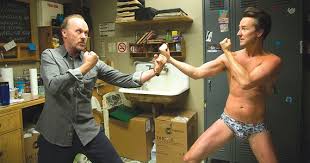
Figure 2A) Shiner and Riggan duke it out, Photo Courtesy portlandmercury.com
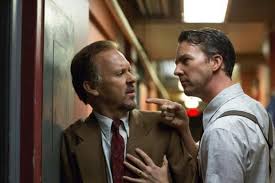
Figure 2B) Drunk Shiner presents Riggan with problems, Photo Courtesy of Fox Searchlight
- Narrative Structural Analysis
The film stays true to the traditional three-act structure. The set up portion of the movie is introducing the characters as well as giving us insight to the challenges of Riggan. Riggan is trying to direct and star in a play that is in someway a reflection of his life. The initial previews of the play are disastrous, Shiner presents Riggan with problems via going overboard on method acting. The theatre reviewer tells Riggan that she will write a negative review of his play, not even having seen it and most importantly, Riggan is trying to not give in to his inner voice or rather an audible representation of his ego, Birdman. The confrontation act of the film starts to form as we are introduced to more problems of Riggan. Riggan starts to let Birdman take over, we now learn that Riggan has tried to kill himself after he was caught cheating on his wife, Riggan starts to drink heavily as a result of his failures, giving the audience a visual look at Birdman. The fiction of Birdman starts to come into reality as we are introduced visually to Birdman. After the series of events leading up to opening night, Riggan decides to use a real gun instead of a prop gun for the final scene of his play. This is the rising action of the film. Riggan decides to kill himself on stage in the final scene. Riggan kills himself on stage, this is the climax or final rising action of the film. The last act, or the conclusion, would be the imagination of Riggan, in this sequence Riggan has survived and in the hospital with his ex-wife (Amy Ryan), his best friend/producer (Zach Galifianakis) and his daughter (Emma Stone) and wakes to rave reviews of his work on stage from the critic and describes it as a super-realism. The progression of the characters is something to note for the narrative as well, most of the characters, including Riggan, go through regressive development. While Riggan wanting to be taken more seriously is not necessarily regressive, we are currently watching the progression of a man who wanted to get better, get worse, reality and fiction of Riggan’s inner voice takes full control, Riggan can not fly like Birdman. Riggan eventually breaks down over time and gives the audience what he gave his audience when he was Birdman, a spectacle or rather, action/big performance.
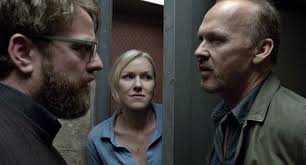
Figure 3A) This is Act I, where we are introduced to Riggan’s leading lady and his producer/ best friend. Photo Courtesy of Fox Searchlight.
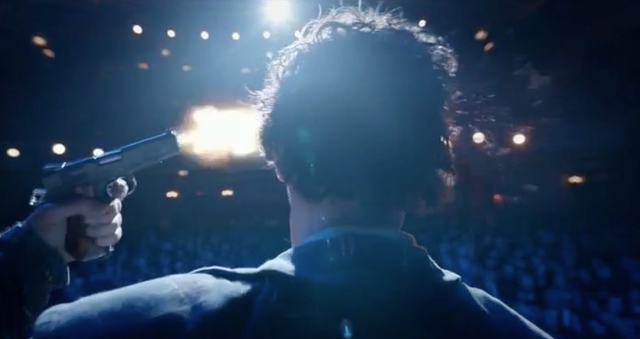
Figure 3B) Riggan shoots himself, the end of Act II, Photo Courtesy of Fox Searchlight.
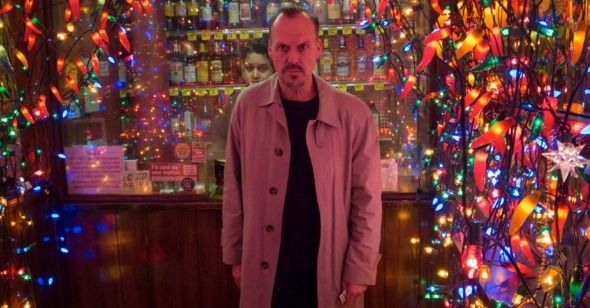
Figure 4a) Photo Courtesy Of Fox Searchlight.
4a) This picture represents the mental breakdown of Riggan. Riggan is giving in to Birdman. The colors in this photo represent all of the stressors and failures of his life as he is ready to submit to giving the audience something to remember him for. Riggan is about to give the performance of his career. We can see the determination and focus of Riggan, almost as if he is trying to focus on what he has to do. He is the center of the universe. He is the center of attention.

4b) This picture shows color contrast as well as staging in the play. Riggan is always at the forefront and you have the audience watching the monologue. You can easily piece together that this is a backstage perspective of a play and getting a glimpse of all working part of the theatre. The pastel colors give away the time period in which the play takes place in, you can see how the stage is built and with the lights how the stage is designed.
Color is utilized in this movie beautifully, more specifically, the use of the primary colors; the reds, blues and yellows, a triadic color combination. The film’s main setting is the theatre and even though color is a big part of film, it plays an even bigger role in theatre. Some of the most dramatic scenes are when the characters are on stage and caked in blue, which one could gather conveys fantasy. The dream sequence of the play is in blue, as well as when Riggan’s character is being lied to. Birdman himself is in blue. The colors on stage are often seen bleeding backstage, you can see the blues and reds of the machinery and lights backstage as well as some contrast of the main white lights of the stage for some nice visual contrast. One important fundamental use of lighting is once again used during the final act of the play. When Riggan kills himself onstage, the camera tilts upward to a bright white light, signifying Riggan’s ascension to heaven. Another notable moment is when Riggan is in a liquor store and surrounded with multiple color lights, these colors represent the emotional crisis that Riggan is having. He is contemplating everything he has ever done and what he should do next. The backdrops of colors is not only visually pleasing, but highlights the key moments of the film and significant character interactions.
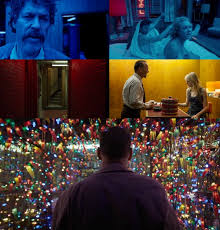
Figure 5A) Collage Courtesy of New York Post
The film’s cinematography is such a cut above the rest, it won an Academy Award for Best Cinematography. The movie was shot in single shot format which was the idea of our director and producer Alejandro Innaritu and executed perfectly by cinematographer known for these techniques Emmanuel Lubezki, where the full film would be shot in one long take using a single camera, or rather giving the illusion that it is filmed in one long take. The camera seems to have a mind of its own drifting into the narrative and circling around the main character and instead of seeing direct cuts we see transitions into different scenes by the camera panning upwards to a brief and subtle time lapse to show the passage of time or right away the camera tilts to a reporter on the couch interviewing Riggan about the play with his girlfriend and another reporter. It is done in such a way that viewers may not even realize it, but when the camera zooms in and zooms out of the characters, you can see the emotion. Apart from our main character close ups which show Riggan going through his mental deterioration, scenes that strike the audiences are the “romantic scenes” the scene between the Riggan’s girlfriend and Shiner’s girlfriend and the scene between the Riggan’s daughter, Sam and Shiner. The borderline extreme close up shows really shows the audience the impulsive nature and confusion of these pairings. The way in which these scenes flow are expertly done, if it was not for the pacing of certain scenes, which one could assume they were done intentionally to make the audience notice certain parts of the film, you could almost forget that this was single shot technique.
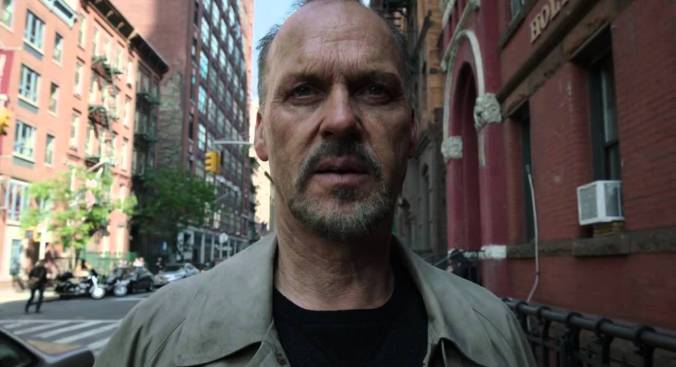
The editing of this movie is not uniform to most films, as this was shot in single shot style. However, it is important to address the beginning and ending of the film, as they are the only part of the film that break format. In the beginning and end, we see something on fire plummeting downward, one could guess this is Birdman. The audio gets louder as we immediately get a shock cut to our main character, levitating in his underwear listening to Birdman and at the end when Riggan kills himself, the blending of reality and fiction is full effect, as Riggan has given himself and what the people want, a performance of a lifetime. There the camera pans upwards and lapses night to day, another way of transitioning without having to cut.
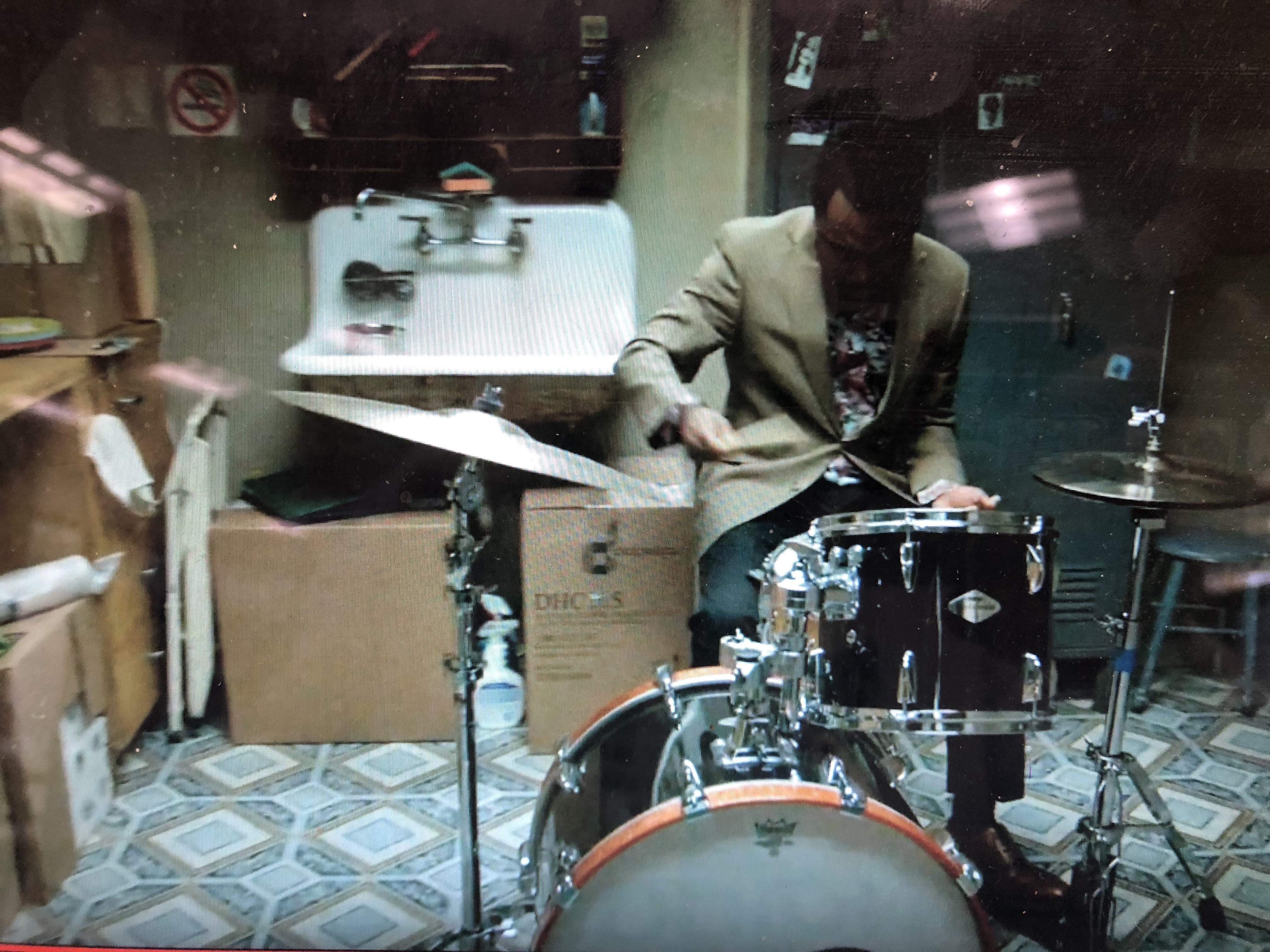
Figure 7AB) Drums show up in the throughout the movie, sporadically. Photo Courtesy Fox Searchlight.
Sound played a very crucial role in the pacing of this movie, the drumbeat heard throughout this entire movie is what set the pace for the film. How fast is was going and it synced up with the action of the play, the drums would show up in the movie and sometimes it would not, so sometimes you would think that everybody in the movie is hearing the drums but at other times, you would get the impression that only the audience can hear it. The drumming was an important motif to the pacing of the plot.
